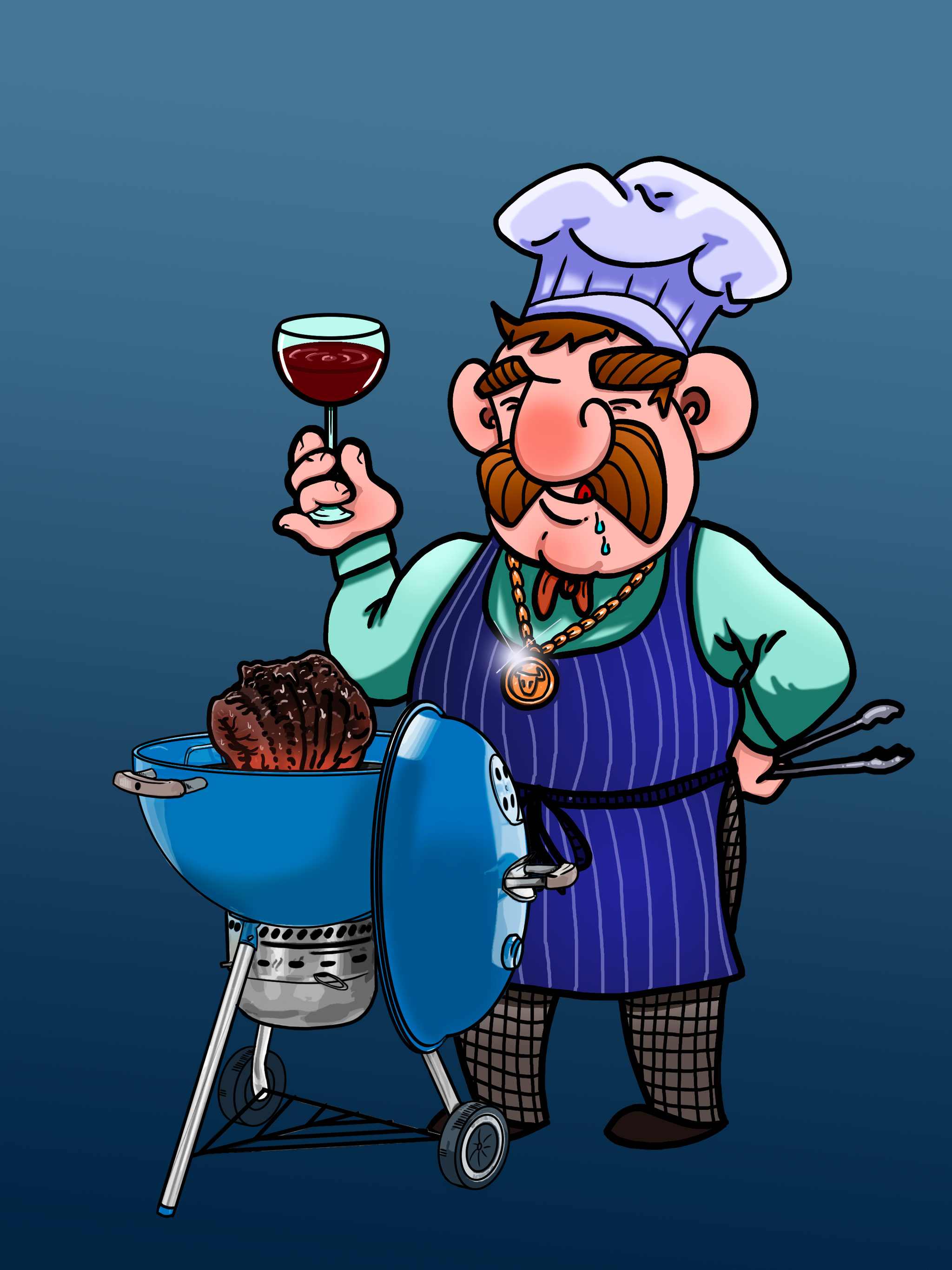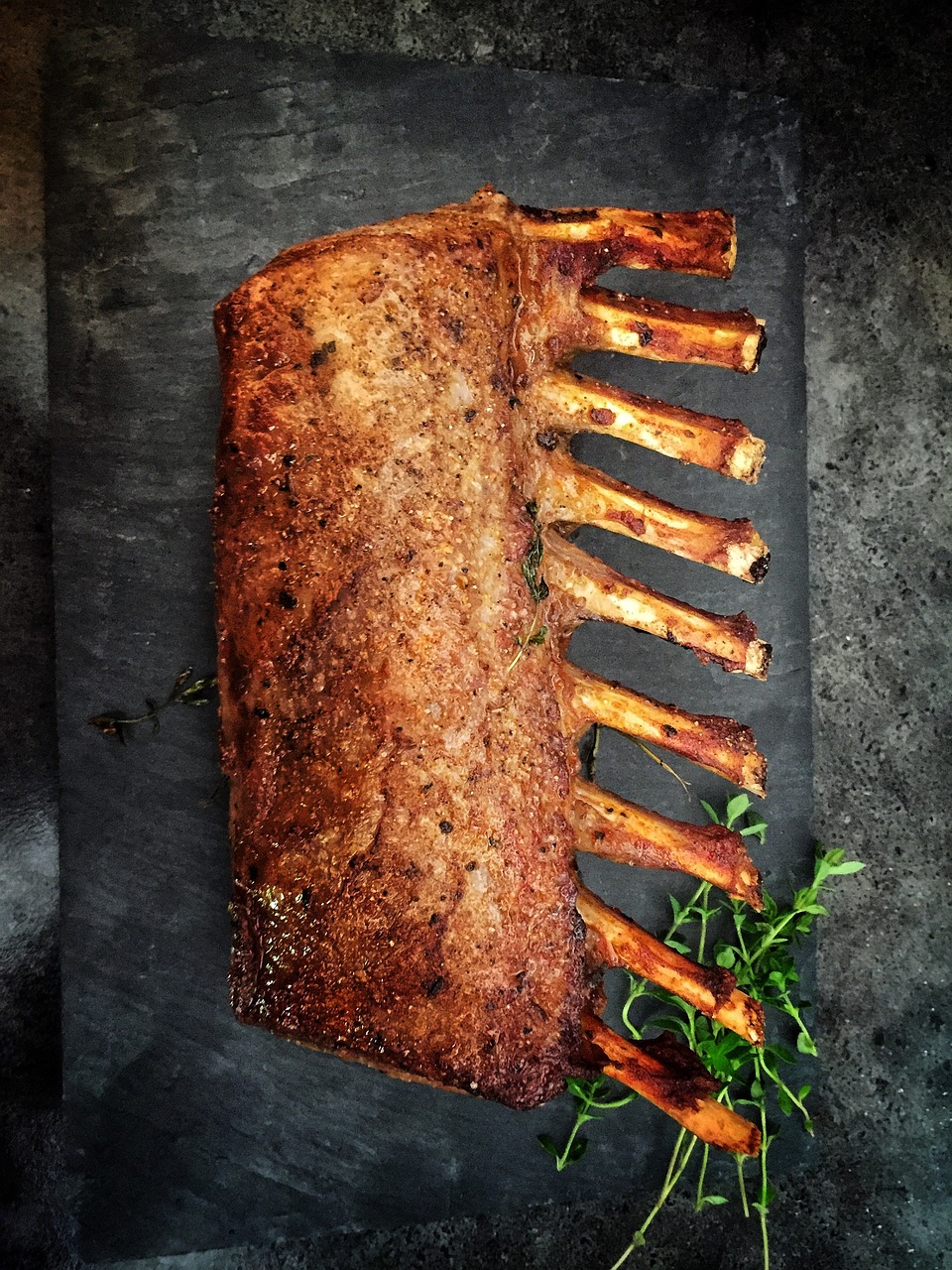Lamb, a tender and flavorful meat, is a popular choice among meat lovers seeking unique culinary experiences. Varying cuts of lamb offer different flavors, textures, and tenderness, with each one being well-suited for specific dishes and cooking methods. This article will explore the best cuts of lamb for enhancing the quality and taste of your home-cooked meals.
One essential factor to consider when selecting cuts of lamb is the balance between lean and fat content. Lean cuts are tender and cook quickly, while fattier cuts require longer cooking times to break down and achieve mouth-watering results. By understanding the characteristics of each cut of lamb, home cooks can elevate their dishes with ease and confidence.
Moreover, choosing the right cut of lamb according to the cooking method can significantly impact the final dish. Whether it is grilling, braising, or slow-roasting, a properly selected lamb cut can help deliver the desired taste and texture. From the succulent leg of lamb to the delectable chops, this article will highlight the best cuts of lamb for specific dishes and cooking methods.
Best Cuts of Lamb
Lamb is a tender and delicious meat that can be prepared in various ways. Here are some of the best cuts of lamb to help you make the most of this versatile ingredient.
there are several cuts of lamb that are considered to be the best for different cooking methods. The most commonly mentioned cuts include:
- Rack of lamb and crown roast: Chef George Duran says rack of lamb is his “absolute favorite cut of lamb to cook” (source: Tasting Table).
- Leg of lamb: The leg of the lamb can be a tough part of the animal, but it is still one of the most delicious ways to eat lamb and is the preferred cut for lamb kebabs and skewers (source: Tasting Table).
- Shoulder chop: Also called the blade or arm chops, shoulder chops are generally a more inexpensive cut with rich fat (source: The Spruce Eats).
- Lamb loin chop: It is one of the most readily available, and expensive, cuts at the grocery store (source: The Spruce Eats).
- Lamb rack: Lamb rack is a primal cut taken from the rib area of the sheep and is the most expensive of all the cuts of lamb (source: The Online Grill).
Overall, the best cut of lamb can depend on the cooking method and personal preference.
Leg of Lamb
Leg of lamb is a popular cut due to its size and tenderness. It can be prepared as a whole leg, or divided into smaller cuts such as the sirloin and shank. The leg is perfect for roasting and can be cooked with the bone in, or deboned and rolled for easier slicing. Additionally, leg of lamb is great for grilling and can be marinated or seasoned to your preference.
Rack of Lamb
Rack of lamb is a visually appealing cut that consists of several rib chops. The meat is tender, making it ideal for special occasions or gourmet meals. Rack of lamb is often prepared by roasting or grilling and can be seasoned with herbs and spices to enhance its flavor. When served, it can be sliced into individual chops for easy eating.
Loin Chops
Loin chops, also known as lamb T-bones, are smaller cuts taken from the back of the lamb. They are tender and juicy, making them a great option for grilling or pan-frying. Loin chops are best cooked to medium-rare to ensure maximum tenderness. Seasoning options can vary, with popular choices including garlic, rosemary, and thyme.
Shoulder Chops
Shoulder chops are a more budget-friendly cut of lamb that offers a rich flavor and tenderness. Due to the higher levels of fat and connective tissue, shoulder chops are well suited for slow cooking methods such as braising or stewing. The result is a flavorful and tender dish that pairs well with a variety of vegetables and sides.
Shank
Lamb shank is taken from the lower part of the leg and is known for its rich flavor and succulent texture. The shank is best prepared using slow cooking methods, such as braising or slow roasting, to break down the connective tissues and release its full potential. Lamb shank is often served with sauces or gravies to complement its deep, meaty flavor.
How to Choose a Proper Cut
When selecting a cut of lamb, it’s essential to consider the desired cooking method and tenderness. Choices can vary depending on personal preferences, so understanding the characteristics of each cut will assist in making an informed decision.
Leg cuts are a popular choice due to their tenderness and relatively low fat content. They can be roasted or slow-cooked, resulting in a juicy and flavorsome dish. Legs can be purchased whole or divided into the shank and sirloin portions. The shank is best suited for slow cooking, while the sirloin is excellent for roasting.
Shoulder cuts can be more affordable and offer a richer flavor than leg cuts. These cuts typically have a higher fat content, making them perfect for slow-roasting or braising. Choose a shoulder cut with a nice marbling of fat for the best results.
Loin cuts include chops or rack of lamb – both well-suited for grilling or broiling. Look for a firm, evenly colored meat with a good layer of fat. This cut tends to be more expensive, but provides a delicious, tender meal.
Ribs provide a smaller but succulent option, often featuring in gourmet dishes. Known for their rich flavor and tenderness, they’re typically served as Frenched racks or individual rib chops. Opt for meat with a pale pink color and a thin layer of fat on the outer edge.
Aside from the primary cuts, various other options can be suitable for specific dishes or budgets. These may include:
- Neck: Excellent for stews or slow cooking due to its rich flavor and marbling.
- Breast: Less tender and often less expensive, but can be slow-cooked for a tasty and juicy result.
- Ground lamb: Versatile and cost-effective, it’s ideal for meatballs, burgers, or shepherd’s pie.
When selecting a cut of lamb, consider consulting a reputable butcher who can provide valuable insight into the best choice for your desired dish. Knowing the characteristics of each cut will ensure a satisfying and delicious lamb meal.
Preparation Techniques
Marinating and Seasoning
When preparing lamb, marinating and seasoning can greatly enhance the flavor. To begin, dry your lamb to remove excess moisture using a paper towel. For marinating, use your favorite store-bought marinade or create your own by mixing ingredients such as:
- Olive oil
- Garlic
- Lemon juice
- Fresh herbs (rosemary, thyme, etc.)
Allow the lamb to marinate for a minimum of two hours, or overnight for maximum flavor absorption. When it comes to seasoning, a simple combination of salt and pepper works wonders. Alternatively, you may use a blend of:
- Cumin
- Paprika
- Coriander
- Fresh herbs
Remember to season both sides of the lamb and let it rest at room temperature for about 30 minutes before cooking.
Roasting and Grilling
Roasting and grilling are popular methods for cooking lamb. These techniques highlight the meat’s natural flavors and create a beautiful crust. For roasting, preheat your oven to 375°F (190°C) and place the seasoned lamb on a rack in a roasting pan. Cook times vary based on the size and desired doneness:
| Cut of Lamb | Weight | Cook Time |
|---|---|---|
| Leg of Lamb | 5-7 lbs | 60-90 min |
| Rack of Lamb | 2-3 lbs | 20-25 min |
| Lamb Chops | 1-2 lbs | 10-15 min |
For grilling, preheat your grill on high and lightly oil the grates. Place the lamb on the grill and cook for a few minutes on each side. Reduce the heat and continue to cook until desired doneness. Here’s a guide:
- Rare: Internal temperature 125°F
- Medium Rare: Internal temperature 130-135°F
- Medium: Internal temperature 135-145°F
Slow Cooking and Braising
Slow cooking and braising help to tenderize lamb, making these methods perfect for tougher cuts. To begin, brown your lamb on all sides in a hot pan with a bit of oil. Then, transfer it to your slow cooker or a heavy-bottomed pan/dutch oven.
For slow cooking, add desired vegetables and seasonings, cover and set the temperature to low (200°F). Cooking times may vary, but a good rule of thumb is to cook for about 6-8 hours.
For braising, add liquid (such as wine, stock, or water) until it covers half of the lamb. Bring it to a boil, then lower the heat and simmer. Cook times vary based on the cut and size, but generally range from 2-3 hours. Remember to check for tenderness before serving.
Pairing with Side Dishes and Sauces
When planning a meal featuring lamb, choosing the right side dishes and sauces can enhance the overall dining experience. As a rich and flavorful meat, lamb pairs well with a variety of accompaniments that both complement and contrast its taste. This section will focus on some popular side dishes and sauces that work well with different cuts of lamb.
For a classic pairing, consider serving roasted or grilled lamb with simple yet flavorful sides such as garlic mashed potatoes and steamed asparagus. These dishes allow the lamb’s natural flavors to shine through without overwhelming the palate. A fresh and bright salad, perhaps with a tangy vinaigrette, can also help balance the richness of the lamb.
Rice-based dishes, like pilaf or risotto, offer a satisfying accompaniment for lamb cuts such as chops or leg of lamb. Fragrant rice dishes, accented with fresh herbs and spices, can elevate the meal to new heights. In particular, Mediterranean and Middle Eastern-inspired dishes such as tabbouleh or couscous salad can provide a delightful contrast in texture and flavor.
When it comes to sauces, keep in mind the dish’s intensity and flavor profile. For example, a robust red wine reduction or a rich and savory Bordelaise sauce works exceptionally well with tenderloin or rack of lamb. Adding in aromatic herbs like rosemary or thyme brings depth and complexity to the finished dish. On the other hand, lighter cuts, like lamb chops or kebabs, might benefit from a bright and tangy chimichurri or yogurt-based cucumber tzatziki sauce.
Ultimately, the choice of side dishes and sauces can either elevate or detract from the lamb itself. By knowing what side pairings work well with different cuts of lamb, diners can experience a harmonious and delicious meal that highlights the best qualities of this flavorful meat.

